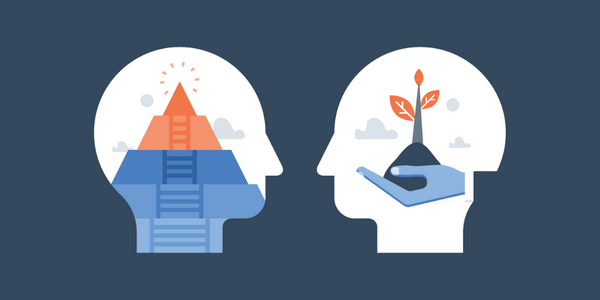
Growth vs. Fixed Mindset: How to Create an Engaging Learning Environment
As an educator, how do you create a successful, nurturing learning environment? Let’s start by tackling an obstacle everyone encounters eventually — the learning brick wall. For some, this wall poses an exciting challenge. For others, this wall stops us in our tracks and looms over us.
Meeting the wall is inevitable in learning. Often, we think the brick wall is our ability to learn a subject, topic or skill. But everything is learnable. Your brick wall is your learning mindset.
Successful educators are equipped with the tools and strategies needed to help their learners break through their brick walls. STEM education is a powerful tool and the perfect way to nurture a growth mindset by encouraging learners to embrace challenges.
Let’s explore how three STEM programs cultivate growth mindsets in learners of all ages.
Click the images below to learn more about each program.
Read on to discover how STEM lessons promote a growth mindset.
Growth vs. Fixed Mindset:
Let’s start by answering the question, “What is a Growth Mindset?” In 2007, world-renowned psychologist, Carol S. Dweck, Ph. D, shook the world with a simple, yet groundbreaking discovery of the power of a mindset. From education and sports to work and the arts, nearly every area of our lives is dramatically influenced by how we perceive our abilities and skills.
Dweck identified two mindsets a human can have: a Fixed Mindset and a Growth Mindset. Here’s how the two compare.
With a Fixed Mindset, you:
- think you’re born with certain, limited skills.
- think character, intelligence, and creative ability cannot change.
- avoid failure at all costs.
- assume you can’t improve, so you avoid seeking challenges and new knowledge.
- see anything difficult to learn as a negative experience.
With a Growth Mindset, you:
- thrive on challenges and meet them head-on.
- consider failure a springboard for growth.
- strive to stretch existing abilities.
- actively seek new opportunities to grow in any way possible.
- have a passion for learning.
- see obstacles as an opportunity to learn.
When students hit their learning brick wall, how they choose to handle the situation gives a great indication of their learning mindset. Fixed Mindsets are not inherently detrimental, but prevent children from meeting their full potential. Growth Mindsets are conducive to an expansive lifetime of learning. STEM lessons are vital in fostering a Growth Mindset. They provide ample opportunities for learners to embrace failure, tackle challenges and understand the power of “yet.”
Failure is Awesome:
One of Dweck’s most important discoveries was that our acceptance of a Fixed or Growth mentality manifests at a very early age. Fostering a Growth Mindset early on is essential. A great starting point is with reframing failure. In a Growth-based space, failure is a stepping stone toward success. Failure cultivates resilient students with a deeper love of learning.
“Not only are people with this mindset not discouraged by failure, but they don’t actually see themselves as failing in those situations — they see themselves as learning” (Popova).
At PCS Edventures, we’ve worked hard to craft a curriculum that models a Growth Mindset by changing what the word “failure” means. It’s no longer a negative concept, but an opportunity for growth.
All three of our featured programs include hands-on building challenges. As learners build, new challenges arise. Constructions might fall over. Final products may look different than envisioned. These are great opportunities for children to look at failure as a normal step in learning. As learners build, the educator’s role is to guide them, offer reassurance and normalize making mistakes.
Embracing failure is key to building resilient learners. Discover 4 Ways to Reinforce Resilience with STEM!
Reframe Obstacles as Opportunities:
Obstacles are defined as things that block one’s way, or hinder their progress. Opportunities are defined as favorable situations. So, how do we turn an obstacle into an opportunity? STEM teaches children that all challenges, no matter how big or small, are chances to persevere and succeed. Challenges don’t have to block your progress. Challenges can work in your favor. Challenges are opportunities for learning and growth.
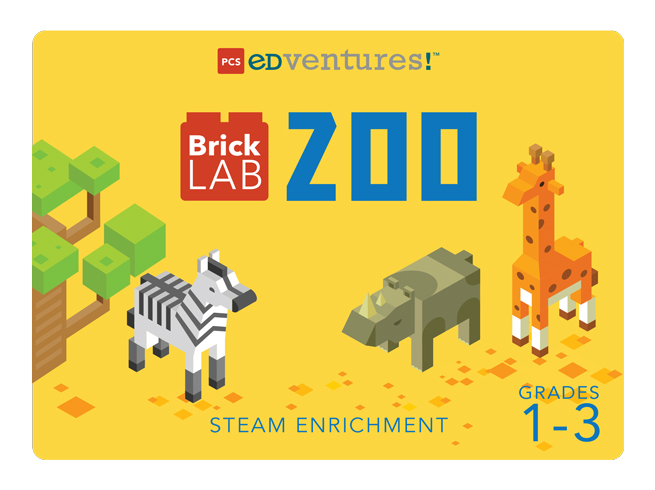
Design Challenges:
Each of BrickLAB Zoo’s twelve lessons include design challenges. The challenges offer opportunities for failure. We love asking learners to push their design builds to the limit. One challenge, for instance, requires learners to add weight to their structure until it breaks. While breaking a design seems counterproductive, it teaches children that challenges are opportunities to grow. Now, learners get to improve their design. If their design never broke, they’d never have the opportunity to make it even better.
Reflective Questions:
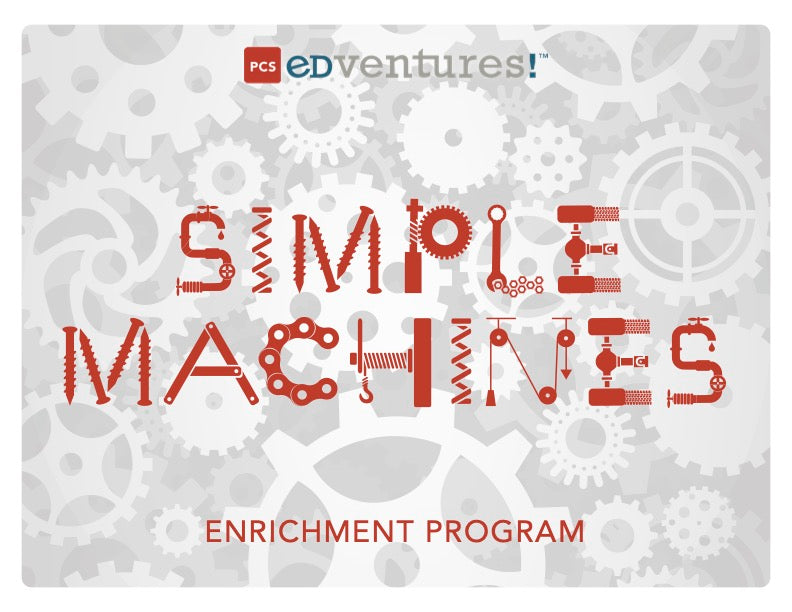
Reflective questioning is a great way to promote a Growth Mindset. Simple Machines provides thoughtful wrap-up questions for educators to pose to learners. The questions generate purposeful discussions around challenges and opportunities for improvement.
Here are a few sample questions from our program:
- What was most challenging about building the ____?
- If you had more time, what are some ideas of ways of modifying the _____?
- How could you change the ____ to make it even better?
Meaningful questions like these encourage learners to analyze the challenge even when it’s over. They continue to problem-solve and look for areas to refine. This emphasizes that all challenges are an opportunity for growth and learning.
Real-World Connections:
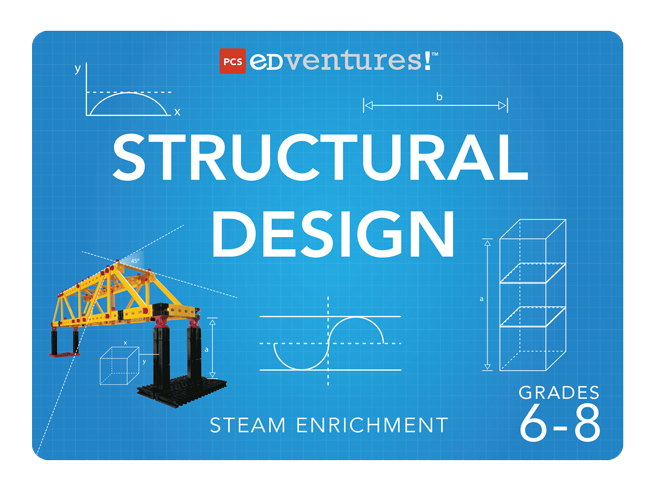
Structural Design embeds many real-world connections in its lessons. While building various structures, learners realize that similar structures exist all around the world! The challenges learners solve are the same challenges real-world architects and engineers solve.
For example, learners explore how tall structures have trouble withstanding strong winds and earthquakes. In the lesson, they discover the architects of Taipei 101, a famous tower in Taiwan, had the same challenge! Did the architects shy away from the obstacle? No! They viewed it as an opportunity to create an innovative feature that allows Taipei 101 to withstand strong winds and earthquakes. Real-world connections such as this inspire learners to think of obstacles as opportunities to create something new.
The Power of “Yet”:
As educators, it’s our job to encourage our youngest minds to adopt a Growth mindset. But how? The best way is to model a Growth Mindset for them. All it takes is one little word with a big meaning — “yet.”
Discussions are a great time to inspire and model positive talk. If something is hard now, that doesn’t mean it will always be hard. Look at difficulties in a new way, and reframe your thoughts. Instead of thinking, “I can’t do this!” we can think, “I can’t do this… yet!”
It’s typical for learners to view a subject they don’t enjoy as a subject they aren’t good at. Educators might hear, “I don’t like writing because I’m not GOOD at writing.” This is a Fixed Mindset.
Cross-curricular programs, like BrickLAB Zoo, are perfect for encouraging a Growth Mindset. Math and English Language Arts extension activities are in every lesson. Learners are more likely to explore the subjects they find challenging when they’re connected to interactive STEM lessons. What’s more, cross-curricular extensions are ideal for promoting positive thinking. For instance, you may say to a learner, “You don’t like writing YET because it’s tricky for you. But, remember when the building challenge was tricky? You tried your best and built something amazing! Now, you’re going to try your best to write a letter!”
The introduction questions in Simple Machines are quick to captivate learners. They allow you to model how not knowing something is normal. We must reframe our thinking to, “I don’t know this answer… YET! But I’ll learn it soon!”
Throughout the lessons in Simple Machines, learners discover the answers through engaging readings and hands-on builds. At the end of each lesson, they use learned information to answer wrap-up questions successfully. This helps them truly grasp the power of “yet.”
Like many of our programs, Structural Design requires collaboration! As teams complete tasks, there are plenty of opportunities for meaningful discussion. As peers talk through the challenges they encounter, they help one another with problem-solving and determining the best course of action.
Discussions like these are authentic opportunities to promote a Growth Mindset. A team member might not know how to do something yet, but with help from his or her team, they’ll get it soon enough.
Let’s Dive In & Develop Growth Mindsets!
As Dweck says, the differences in mindset can boil down to how a learner perceives effort. With a Fixed Mindset, if the subject requires effort to learn, it means you’re not smart enough. Through STEM education, learners recognize that effort is a critical part of learning. STEM is key to developing a Growth Mindset. With a Growth Mindset, the effort means you’re putting in the work to grow. You’re meeting the challenge head-on. You’re breaking through the wall instead of turning around.
Engagement Strategies for STEM Education Webinar:
Fostering a Growth-based environment is key in helping students be successful, but it isn’t the only key. There are lots of different engagement strategies, and finding the right ones for your classroom or your students can seem daunting. That’s why PCS Edventures put together the Engagement Strategies for STEM Education Webinar.

Join Jim Schmidt, Suzy Haislip and a panel of STEAM Educators as they exchange strategies for building an engaging educational environment, sharing how to create unique opportunities for students from all demographics.
Ready to Start Your STEAM Program?
Browse the entire PCS Edventures collection at the link below.

Author: Marissa Rosol
4th grade teacher and instructional coach, Marissa believes hands-on learning is the key to student engagement. Her love for literacy, STEAM and collaboration guides her instruction and PD sessions.

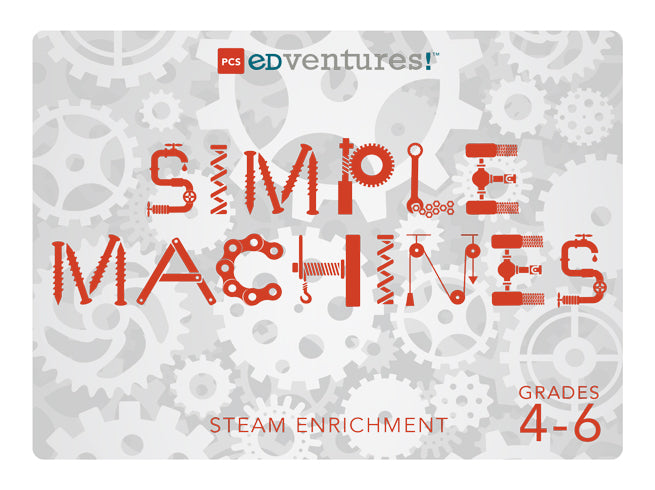


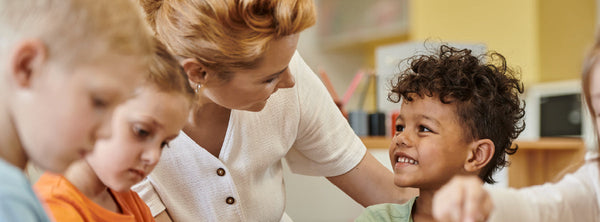





1 comment
Real good note explaining two mindset commonly seen in people..GOOD LEARNING INFACT. THANKS .